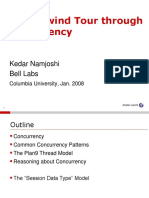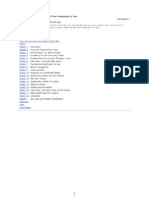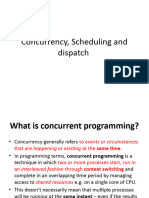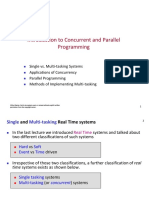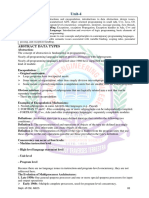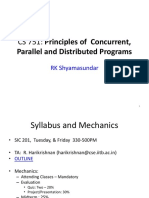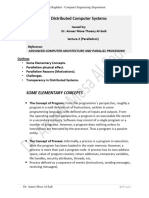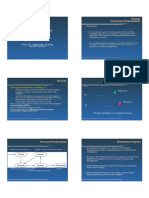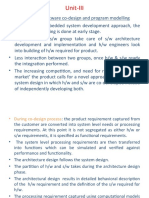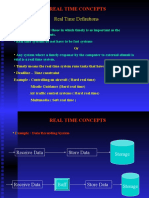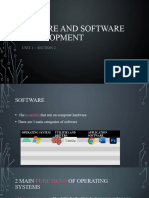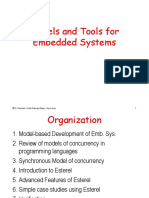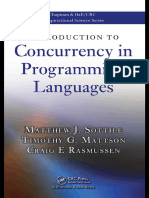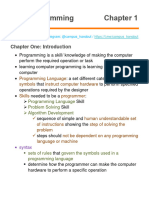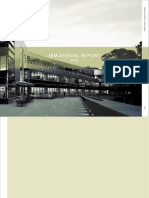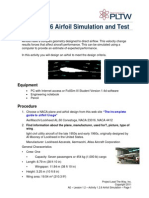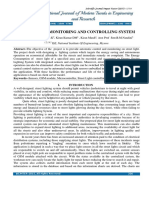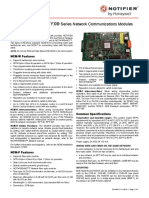0% found this document useful (0 votes)
114 views22 pagesIntroduction To Concurrency: Kenneth M. Anderson University of Colorado, Boulder CSCI 5828 - Lecture 3 - 01/22/2008
A concurrent program has multiple threads of control a sequential program has a single thread of control. A model-based software engineering approach to concurrency is based on a model of concurrent programs. The definition of "program" is expanding, in particular, its no longer just a sequence of instructions.
Uploaded by
Hoang Phuong ThucCopyright
© Attribution Non-Commercial (BY-NC)
We take content rights seriously. If you suspect this is your content, claim it here.
Available Formats
Download as PDF, TXT or read online on Scribd
0% found this document useful (0 votes)
114 views22 pagesIntroduction To Concurrency: Kenneth M. Anderson University of Colorado, Boulder CSCI 5828 - Lecture 3 - 01/22/2008
A concurrent program has multiple threads of control a sequential program has a single thread of control. A model-based software engineering approach to concurrency is based on a model of concurrent programs. The definition of "program" is expanding, in particular, its no longer just a sequence of instructions.
Uploaded by
Hoang Phuong ThucCopyright
© Attribution Non-Commercial (BY-NC)
We take content rights seriously. If you suspect this is your content, claim it here.
Available Formats
Download as PDF, TXT or read online on Scribd
/ 22




